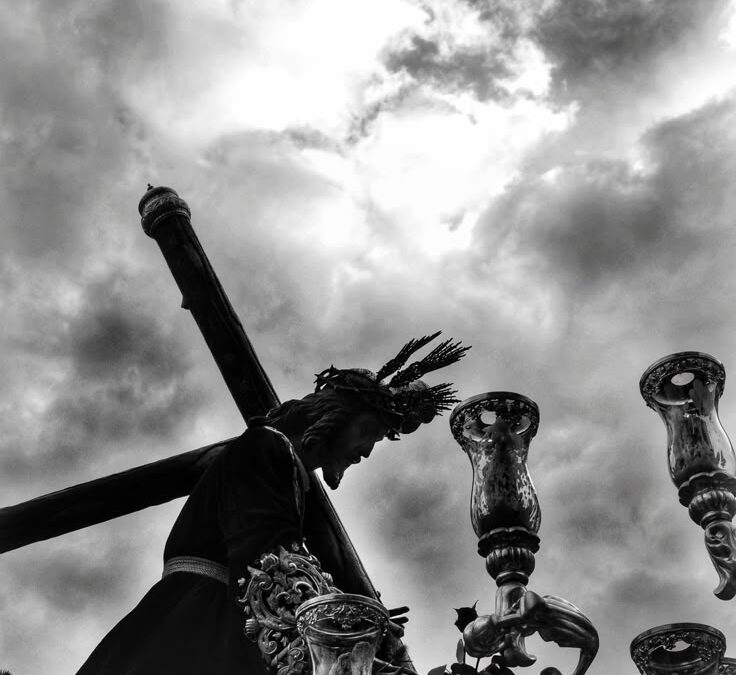Holy Week, or Semana Santa, is one of the most important and solemn religious observances in the Philippines. The entire nation comes together to reflect on the Passion of Christ, with unique traditions and customs that showcase the deep Catholic faith of Filipinos. For a week, Filipinos participate in religious rituals, family gatherings, and even fasting—all while honoring their spirituality and devotion.
If you’re curious about how Holy Week is observed in the Philippines, here’s a look at the traditions and practices that make this time of year special.
The Significance of Holy Week in the Philippines
Holy Week in the Philippines runs from Palm Sunday to Easter Sunday, marking the events leading to Christ’s crucifixion and resurrection. It is a time for spiritual reflection, penance, and intense religious observances. Filipinos view this week with reverence, and many people take part in activities that deepen their faith and devotion.
Key Traditions and Practices During Holy Week
1. Palm Sunday
Holy Week begins with Palm Sunday, commemorating Jesus’ triumphant entry into Jerusalem. On this day, churchgoers bring palm fronds to church to be blessed by the priest, symbolizing the welcoming of Christ. After the mass, people often keep their palms at home, placing them in a prominent location as a sign of protection and blessing for the family.
2. Visita Iglesia
During Maundy Thursday, many Filipino families take part in Visita Iglesia, which involves visiting seven different churches to pray the Stations of the Cross. This tradition is a way to honor the passion and suffering of Jesus. It’s a deeply spiritual journey, often done in silence and contemplation.
3. Pabasa ng Pasyon
One of the most unique Filipino traditions during Holy Week is the Pabasa ng Pasyon. It is the chanting or singing of the Pasyon, a long epic poem about the life, death, and resurrection of Christ. The Pasyon is read aloud in many Filipino homes and churches, often lasting for several hours, sometimes days. Families take turns reading the verses, creating a sense of community and devotion.
4. Senakulo
Another popular Filipino tradition is the Senakulo, a dramatic re-enactment of the Passion of Christ. This is particularly common in rural areas, where entire communities come together to perform the passion play. Actors, sometimes in full costume, depict the trial, suffering, and crucifixion of Christ in a powerful and emotional performance.
5. Good Friday: The Day of Fasting and Reflection
Good Friday is a solemn day for reflection, prayer, and fasting. Filipinos traditionally refrain from eating meat, and many people choose to attend church services in the morning and in the afternoon. Some areas even observe penitential acts, such as self-flagellation or crucifixion re-enactments, where volunteers carry crosses or undergo mock crucifixions as an act of repentance.
6. Easter Sunday: The Resurrection Celebration
Easter Sunday is the day of celebration, marking the resurrection of Jesus Christ. It begins with Salubong, a dawn procession that reenacts the meeting of the risen Christ with his mother, the Virgin Mary. The highlight of the Salubong is when the image of Mary, covered in a veil, is lifted by a group of women, revealing the risen Christ, symbolizing the victory of life over death. After the mass, families gather for a feast to celebrate Christ’s resurrection.
Holy Week in the Philippines is a deeply spiritual time, filled with religious observances, traditions, and family gatherings. Whether it’s through the solemnity of Pabasa or the joy of Salubong, Filipinos come together to reflect on their faith and celebrate the resurrection of Christ.

